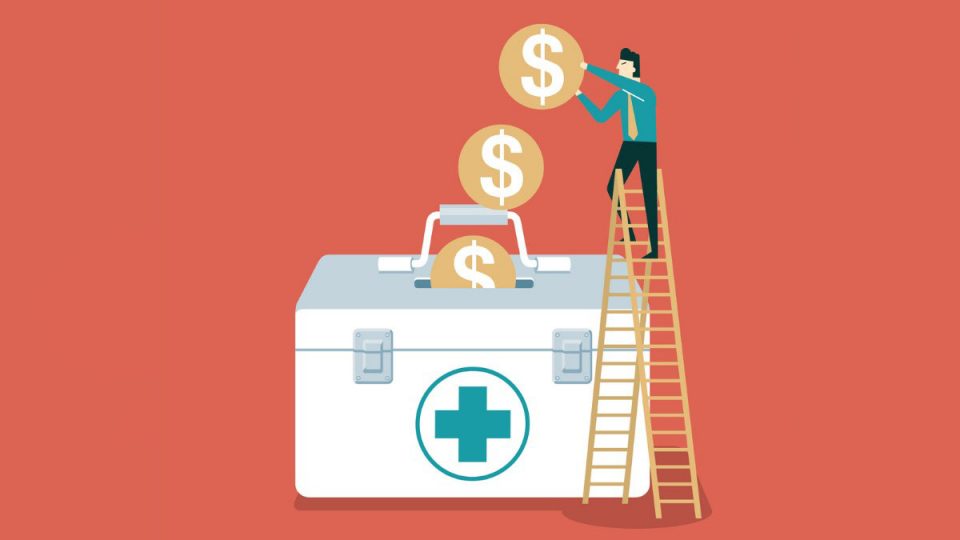Never miss a story — sign up for PLANSPONSOR newsletters to keep up on the latest retirement plan benefits news.
Health Savings Account Contributions, Distributions Declined During the Pandemic
The EBRI HSA Database also shows very few account holders are investing their savings.
Average annual individual contributions to health savings accounts (HSAs) fell last year after reaching an all-time high in 2019, going from $2,041 to $1,995, according to the Employee Benefit Research Institute (EBRI) HSA Database.
The database also shows that average annual employer contributions fell between 2019 and 2020, from $918 to $864 on average—a 6% decline. Total contributions—i.e., from both individuals and employers—decreased from $2,959 to $2,859, or 3%, between 2019 and 2020.
EBRI says individuals might be saving less in their HSAs because of COVID-19. “It’s possible that as unemployment increased, account owners reduced contributions,” it says in an Issue Brief. “Furthermore, the decline … may be correlated with the decline in use of health care services that was due to COVID-19.”
As a result of the pandemic, patients delayed or missed doctor visits and preventive screenings, and depression, anxiety and substance use disorders surged, according to the Business Group on Health’s 2022 Large Employers’ Health Care Strategy and Plan Design Survey. With that in mind, employers anticipate seeing an increase in medical services, late-stage cancer diagnoses and greater numbers of people with long-term mental health and substance use issues for years to come.
EBRI speculates that the lower use of health care services is also the reason average annual distributions from HSAs fell to an all-time low of $1,714 last year.
Investing HSA Savings
Data from the EBRI HSA Database show that very few account owners invest their HSA balance, leaving their savings in cash. Last year, 9% of accounts were being invested, up from 2% in 2011.
A report from Devenir says investing HSA savings is key to building account balances. According to “2019 Year-End Devenir HSA Research Report,” HSA investment accounts have an average total balance of $16,012—seven times larger than a non-investment holder’s average account balance.
EBRI says there could be several reasons for the low percentage of account owners investing their HSA savings. First, in order to invest, account owners often must have a minimum account balance. As EBRI’s report shows that most accounts are new, many will be too small to take advantage of investment. Second, account owners may be unaware of the option to invest.
In addition, EBRI says, account owners may be using the account only to pay for out-of-pocket expenses and therefore may want to avoid short-run risks with investment fluctuations. Or they may be trying to build up a balance large enough to cover their deductible before investing.
However, EBRI found that when accounts are invested, that means most of the money in them. Among open accounts with investments, 74% of the balances were invested. Generally, the longer an account has been open, the larger the percentage of the balance that is invested—e.g., 77% of the balances of accounts open for 10 years.
More findings from the EBRI HSA Database appear in its Issue Brief “Trends in Health Savings Account Balances, Contributions, Distributions, and Investments and the Impact of COVID-19,” which can be found at http://www.ebri.org/hsa-long.





